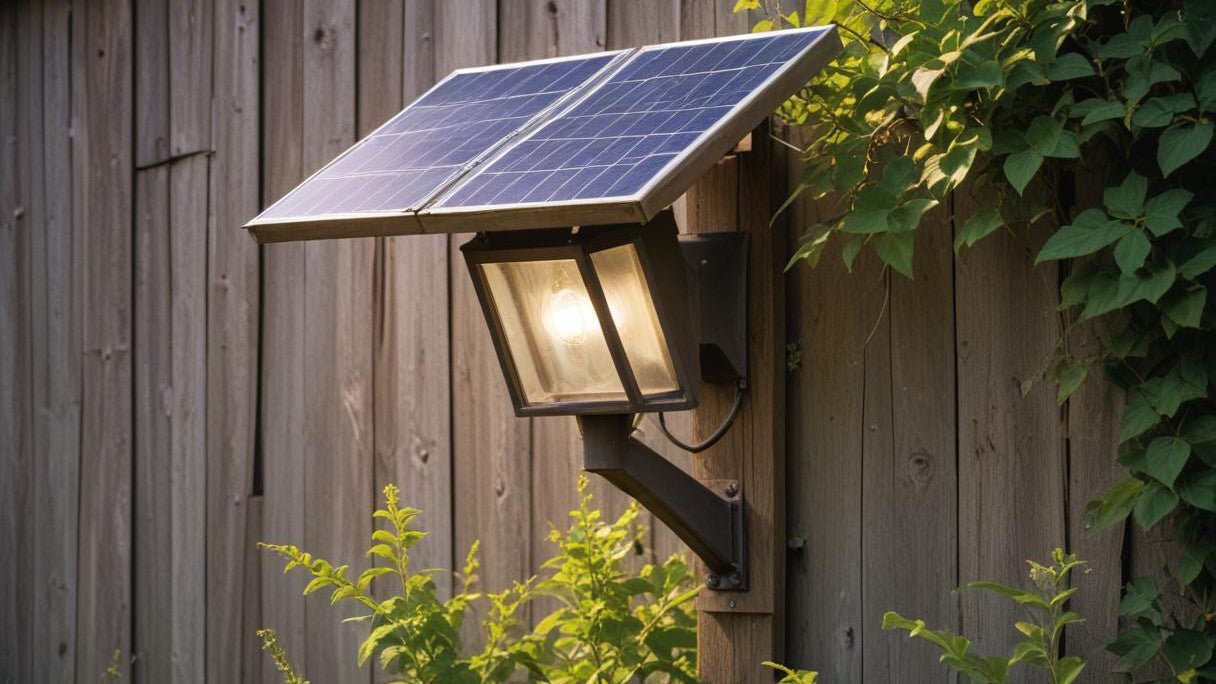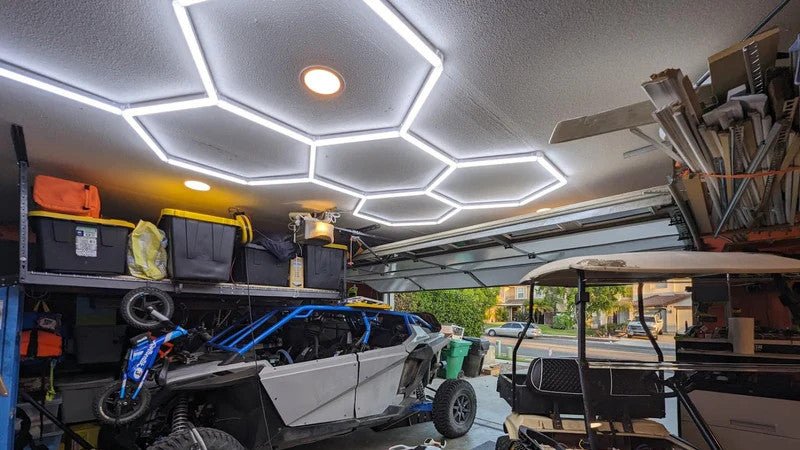Solar floodlights are an increasingly popular choice for outdoor lighting, providing a sustainable and cost-effective solution for illuminating gardens, pathways, driveways, and security areas. However, one common concern among users is whether rain can ruin solar lights. Given that solar floodlights are designed to be used outdoors, it is crucial to understand how weather conditions, particularly rain, affect their performance and longevity. This article explores the impact of rain on solar floodlights and offers tips to ensure they remain functional and durable.
Understanding Solar Floodlights
Solar floodlights consist of solar panels, rechargeable batteries, and LED lights. During the day, the solar panels convert sunlight into electrical energy, which is stored in the batteries. This stored energy powers the LED lights at night, providing illumination without relying on the electrical grid. Due to their outdoor application, solar floodlights are designed to withstand various weather conditions, including rain.
Impact of Rain on Solar Floodlights
- Water Resistance and IP Ratings
Solar floodlights are built to be water-resistant, often featuring an Ingress Protection (IP) rating that indicates their ability to withstand dust and water. The IP rating is typically a two-digit number, where the first digit represents protection against solid objects, and the second digit represents protection against liquids. For example, an IP65 rating means the light is protected against dust and low-pressure water jets from any direction. A higher IP rating (e.g., IP67) indicates better protection, which is essential for areas with heavy rainfall.
- Waterproof Components
High-quality solar floodlights come with waterproof components, including sealed solar panels, weather-resistant batteries, and protected wiring. These features ensure that rainwater does not penetrate the internal components, preventing damage and ensuring the light continues to function properly even in wet conditions.
- Drainage Systems
Some solar floodlights are designed with drainage systems that allow water to flow away from the light’s sensitive components. This feature is particularly useful in areas with frequent or heavy rainfall, as it helps prevent water accumulation that could potentially damage the lights.
Potential Issues Caused by Rain
- Poor Quality Solar Floodlights
Low-quality solar floodlights may not have adequate water resistance, making them susceptible to damage from rain. These lights might not feature properly sealed components or may have low IP ratings, leading to water infiltration and short-circuiting.
- Accumulated Moisture
Even with water-resistant designs, prolonged exposure to heavy rain can sometimes lead to moisture accumulation within the light’s housing. Over time, this moisture can cause corrosion or damage to the internal components, reducing the light’s lifespan and efficiency.
- Solar Panel Efficiency
Rain can temporarily reduce the efficiency of solar panels by blocking sunlight. While this doesn’t ruin the lights, it can impact their performance if there are several consecutive days of rain and limited sunlight. The batteries may not charge fully, resulting in shorter illumination times at night.

Tips to Protect Solar Floodlights from Rain
- Choose High-Quality Lights
Invest in solar floodlights with a high IP rating (at least IP65) and waterproof components. Quality lights are designed to withstand harsh weather conditions, including rain, ensuring longevity and reliable performance. Hykoont IP65 waterproof 300W LED solar flood lights are made of Die-cast aluminum housing, the floodlight can work well in rain, sleet, snow. Suitable for both indoor and outdoor, can be applied in gardens, factories, court, stadiums, yard, squares, and any arena.
- Proper Installation
Ensure that the solar floodlights are installed correctly, with the solar panels positioned to receive maximum sunlight and the lights mounted in a way that minimizes water exposure. Angle the solar panels to allow rainwater to run off easily.
- Regular Maintenance
Perform regular maintenance checks on your solar floodlights. Clean the solar panels to remove dirt and debris that can block sunlight. Inspect the lights for any signs of moisture accumulation or damage, and address issues promptly to prevent further problems.
- Protective Covers
Consider using protective covers or shields for your solar floodlights during severe weather conditions. These covers can provide an extra layer of protection against heavy rain, ensuring the lights remain dry and functional.
- Drainage Considerations
If possible, install the lights in areas with good drainage to prevent water from pooling around the base of the lights. Avoid placing them in low-lying areas prone to flooding.
Conclusion
Rain does not necessarily ruin solar floodlights, especially if they are high-quality models designed with adequate water resistance and protection. By choosing solar floodlights with high IP ratings, installing them properly, and performing regular maintenance, you can ensure they remain functional and durable even in rainy conditions. While rain can temporarily affect the efficiency of solar panels, proper care and consideration will help you maximize the lifespan and performance of your solar floodlights, providing reliable outdoor illumination regardless of the weather.


































Leave a comment
This site is protected by hCaptcha and the hCaptcha Privacy Policy and Terms of Service apply.